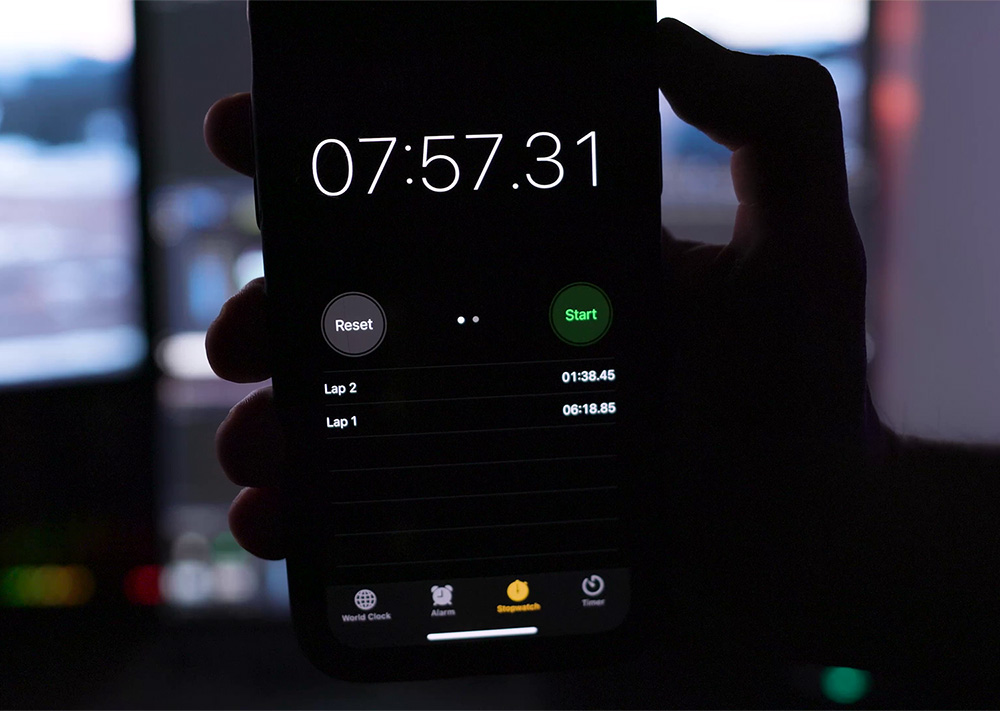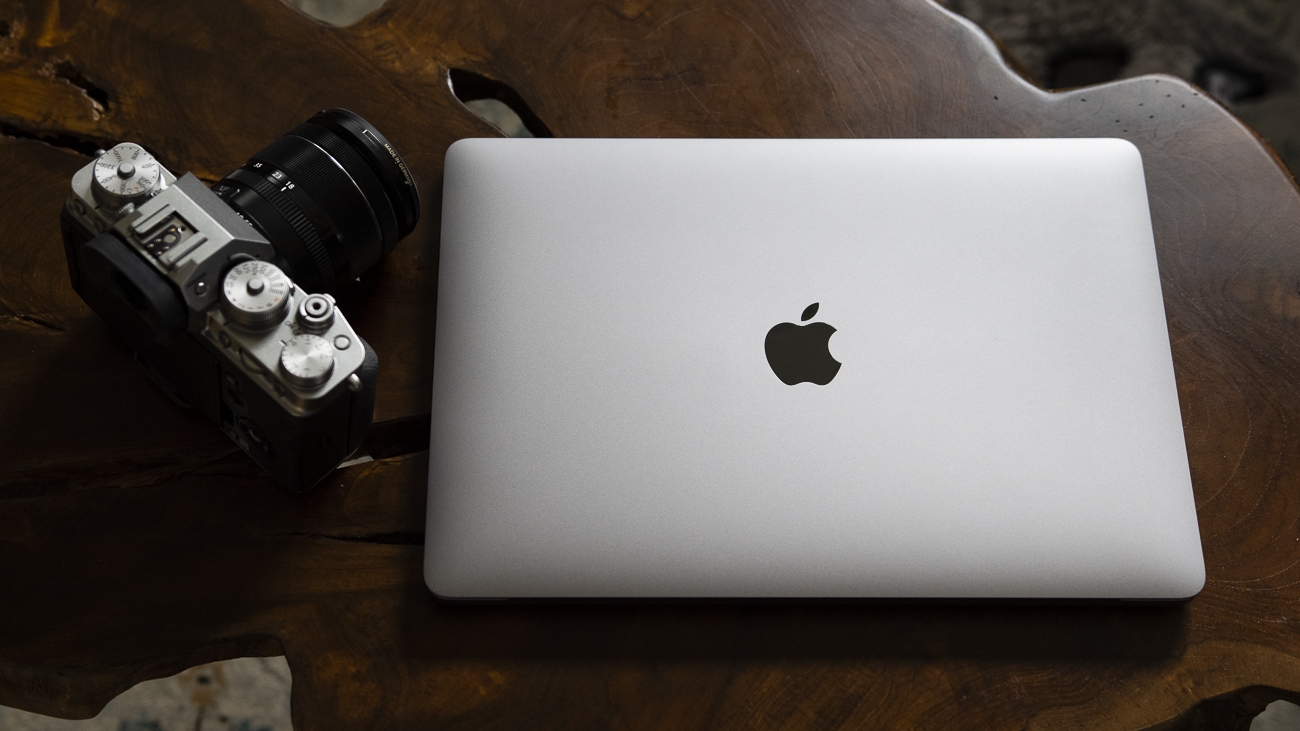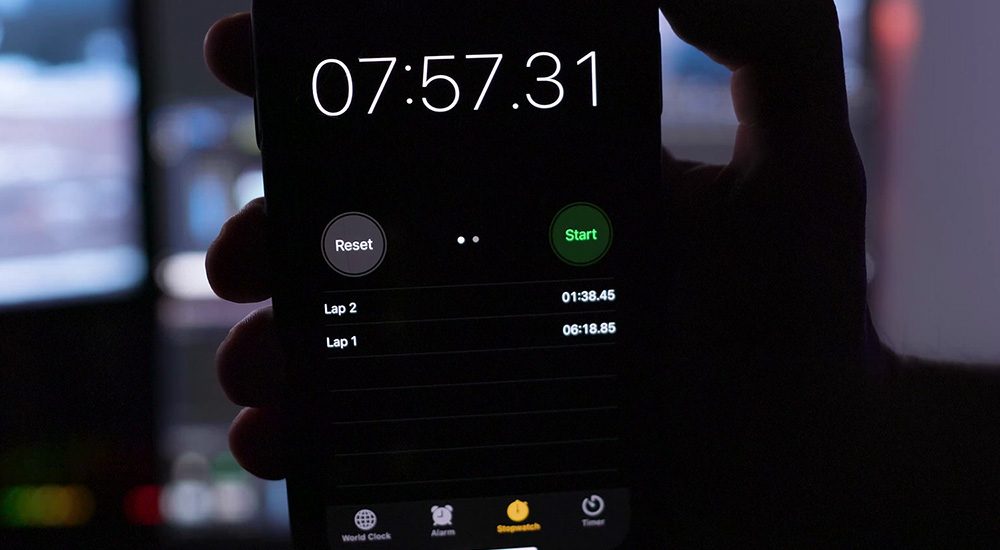The M1 architecture released by Apple late last year completely blew away the expectations of many tech enthusiasts, myself included. Now that the dust has settled after a few months for apps to grow into the new system, how well does the M1 chip handle photo and video editing?
I was recently in the market for a new laptop to replace my old 2018 MacBook Pro and after going through two Touch Bar MacBooks (one died). I told myself I wouldn’t get another Apple laptop after owning one since 2007. Personally, I disliked the direction they took with design by removing the MagSafe power adapter, forcing all USB-C ports, and the nearly $400 impractical Touch Bar, when 9 times out of 10, I simply preferred a row of function keys, all combined with the fact that many other laptop manufacturers had caught up in terms of build quality for their laptops, which was not the case a decade ago. I fully intended to get a Dell XPS, a Razer Blade, or something along those lines. That was until Apple dropped the M1 lineup. At first, I didn’t believe any of what Apple was saying during their keynote announcement, considering they were using arbitrary numbers such as “5x faster than previous generations,” and to be honest, even if they used actual statistics, I would have been hesitant.
In my mind, there was no way the first iteration of their processor could compete with AMD or Intel, right? I was completely wrong. This review won’t be filled with in-depth analysis and synthetic benchmarks comparing the performance to multiple other configurations; there is a plethora of those types of reviews out there, and I encourage you to find them if that type of thing interests you. Instead, I’ll be approaching this with a real-world perspective, evaluating how well the system functions in my daily workflow using Lightroom Classic, Photoshop, and Premiere. While it won’t be a side-by-side comparison to my old laptop or even my desktop, I will use those to reference my experiences with the M1 MacBook Air.
Lightroom Classic
Lightroom is the only application within this review still not running natively on the M1 architecture and is being emulated through Rosetta 2, which causes roughly a 20% drop in performance. This made me a bit hesitant when I finally bought the MacBook Air, but from my research, even the emulation performance was good if not better than my 2.5-year-old MacBook Pro. Lightroom Classic released version 10 roughly six months ago, and within that version, they added GPU acceleration to things such as zoom scrubbing and local adjustments. This breathed a bit of new life into my 2018 MacBook, but performance still felt lacking. With a large panoramic image or something with quite a few local adjustments, not only did the MacBook get scorching hot, it also couldn’t keep up.
This has not been the case for the new M1 processor so far in my experience. I spent the good part of a day sorting through libraries, editing large panorama images, and adding numerous local adjustments without any hiccups so far. It’s definitely running more smoothly than my old Intel-based Mac, and it feels just as snappy as my desktop. If you’re on the fence about an M1 Mac because Lightroom Classic doesn’t run natively yet, don’t hesitate. I’ve thrown huge images at it with an above-average amount of editing on some of them without issues, and it’ll only get better when the native version gets released.
Photoshop
I’ve always avoided any heavy editing on my laptop in the past, which included pretty much any photo being taken into Photoshop. For years, I’ve had the luxury of only using my laptop to manage files out in the field and do some light editing if necessary with the intention of doing most of my work on a desktop. I realize there are probably quite a few readers out there who use a laptop as their daily computer who likely know the struggle of loading a large image into Photoshop and trying to luminosity-mask it without any stuttering. That was my experience on basically every laptop I’ve owned, knowing I’d reach a point in my edit where there are simply too many layers to zoom in and out smoothly. You can visibly see exactly what I’m talking about in my video on focus-stacking, where all I’ve done is layer four images on top of each other and started to stack them. Keep in mind I was screen recording, but even when I wasn’t, my 2018 MacBook Pro struggled, so much so that the second part of that video I ended up recording on my desktop because the stuttering was miserable.
Photoshop is now out of beta and runs natively on M1 architecture. I must say it’s worlds better than it was on my previous laptop. I went back and opened up the same file that struggled in the video, and it worked flawlessly with no slowdown. The experience so far is similar to the responsiveness I feel on my desktop with a dedicated GPU. That said, it’s entirely possible your laptop already has a dedicated GPU and Photoshop runs much better for you than it did for me in the past. Everyone’s experience will vary, but I can confidently say the M1 performance is even better than I expected, and it does it more efficiently than anything else on the market — more on that later.
One thing that hasn’t quite transitioned is action panels. I use TK7 for luminosity masking, and there’s a beta version I’m trying to get my hands on that runs natively on the new release of Photoshop. You can still run Photoshop through emulation if you need older plugins, and judging by my Lightroom Classic experience, it shouldn’t be too bad.
Premiere
Lastly, let’s take a quick look at video editing in Premiere. As of writing this, Premiere runs natively in a beta application on the M1 architecture, and considering Premiere’s reputation to crash at least once per project, I surprisingly didn’t run into any problems. That said, I also didn’t do a full edit in the program. Instead, I focused specifically on H.265 playback and export speed. In the past, I didn’t even attempt video editing on my laptop; the lack of screen real estate was one thing, but trying to do any work on modern-day file types was rough. My only solution was to proxy everything and work that way. Even on my desktop, which is a few years old and equipped with a first-gen Ryzen Threadripper and a dedicated GTX 1080TI, H.265 playback isn’t always smooth. This means the footage I ingest from things such as the Mavic 2 Pro or Fuji XT-4 has to be proxied even on my desktop.
I knew coming into this test that the M1 architecture was supposed to have good H.265 playback performance, and holy moly, was I impressed. I get smoother playback and skimming on the MacBook Air than I do on my full-fledged desktop. That is with multiple effects applied, like Lumetri, multiple videos layered on top of one another, etc. This is made possible because the M1 simply has better native decoding for H.265 than my four-year-old Threadripper. I still prefer to edit on my desktop for all the extra screen real estate, but knowing I can knock out a video or two on the road without much hassle is reassuring.

One thing I did test was export speed, and while this isn’t an equal comparison, it should give you some idea of what to expect. I took the exact same timeline and exported it on my desktop and the M1 MacBook Air. I exported a timeline that had all sorts of video elements and codecs, including 10-bit H.265 footage from the Fuji XT-4, AVCHD footage from the Canon C100, high-bit rate composite video for my logo, and more. The desktop exported a bit faster at 6:19, while the MacBook Air came in at 7:57. I never expected the laptop to beat a desktop with a dedicated GPU, but the fact that it was only a 25% difference is extremely impressive. I even made sure the M1 was warmed up to represent a real-world experience, as it will eventually throttle considering it’s fanless. My old laptop was nowhere near this fast, and I can’t stress enough how impressive this is, but none of these tests really show why the M1 MacBook Air is so good.
Efficiency and Conclusion

The most impressive thing about this architecture isn’t necessarily its speed but its efficiency. This iteration of M1 chips is intended to be somewhat low-powered as it’s the first-generation release and not meant for heavy computing. That said, it absolutely holds its own in terms of performance and more impressively, does it using low wattages. To me, this is what really sells the M1 experience. There are laptops out there with similar performance, but not only will they be more expensive, they don’t even come close to the efficiency levels of the M1 chips. I filmed all the b-roll for my video on battery power, which included editing photos in both Lightroom and Photoshop, skimming video on a timeline, and exporting a 4K video. The battery was at 92% when I was done, and the laptop was still cool to the touch.
The performance per wattage of this laptop is astonishing, and I don’t use that word lightly. If you’re like me and need portability along with battery life, there isn’t another choice. Even if those aren’t your top priority, I would still consider an M1 Mac. I hope my practical take on this subject was helpful. I’ve had plenty of real-world experience editing photos and videos, and I can honestly say I’m not disappointed at all with what I’ve seen from the M1 MacBook Air. As always thanks for reading, and I’d love to hear your thoughts down below. Do you recommend something else? Are you excited for the new 14-inch MacBook Pro that brings back ports and possibly even the MagSafe adapter? Let me know!
